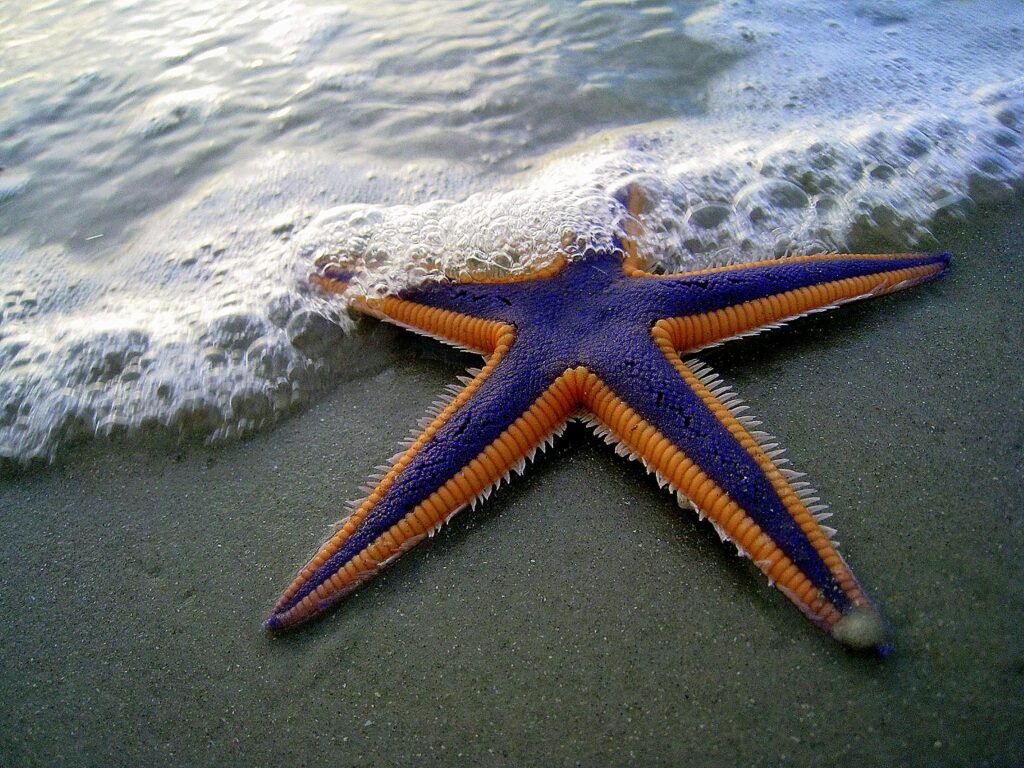Do you know what Is Starfish Sleeping Position Today we discussed that
“The Enigmatic Sleep of Starfish Sleeping Position: Unraveling the Mystery of their Sleeping Position” “What Is The Starfish Sleeping Position”

1. Introduction:
Starfish, also known as sea stars, are fascinating creatures that inhabit oceans around the world. One of the most intriguing aspects of starfish biology is their sleeping behavior.
Unlike humans and many other animals, starfish don’t have a brain or central nervous system. So, how do they sleep? And what is the significance of their sleeping position? Let’s dive into the mysterious world of starfish sleep.
2. The Sleeping Position of Starfish.
One of the most unique aspects of starfish sleep is their sleeping position. Unlike most animals that curl up or lie down to sleep, starfish sleep while attached to surfaces, such as rocks or coral.
They use tube feet located on their underside to cling to these surfaces, even while they are asleep. This sleeping position is known as “attached posture sleeping.”

3. Benefits of Attached Posture Sleeping.
Researchers believe that the attached posture sleeping position of the starfish serves several important functions. Firstly, it allows them to conserve energy, as they don’t have to expend effort to hold onto surfaces while they sleep.
Secondly, it helps protect them from predators, as they are less vulnerable when attached to a surface. Finally, this sleeping position may also help starfish regulate their internal fluids and maintain their shape.
4. The Role of Circadian Rhythms.
Like many other animals, starfish have circadian rhythms that regulate their sleep-wake cycles. These rhythms are influenced by factors such as light, temperature, and food availability.
Studies have shown that starfish are more active at night, suggesting that they may be nocturnal or crepuscular. However, more research is needed to fully understand the circadian rhythms of starfish.

5. The Absence of REM Sleep.
Unlike humans and many other animals, starfish do not experience REM (rapid eye movement) sleep. REM sleep is believed to play a role in processes such as memory consolidation and emotional regulation.
The absence of REM sleep in starfish raises interesting questions about the nature of sleep and its functions across different species.
Conclusion:
The sleeping position of starfish is just one example of the fascinating adaptations that animals have evolved to survive and thrive in their environments.
By studying the sleep behavior of starfish and other marine creatures, scientists can gain insights into the evolution and function of sleep in different species. The enigmatic sleep of starfish reminds us of the diversity of life on Earth and the many mysteries that remain to be uncovered. More

